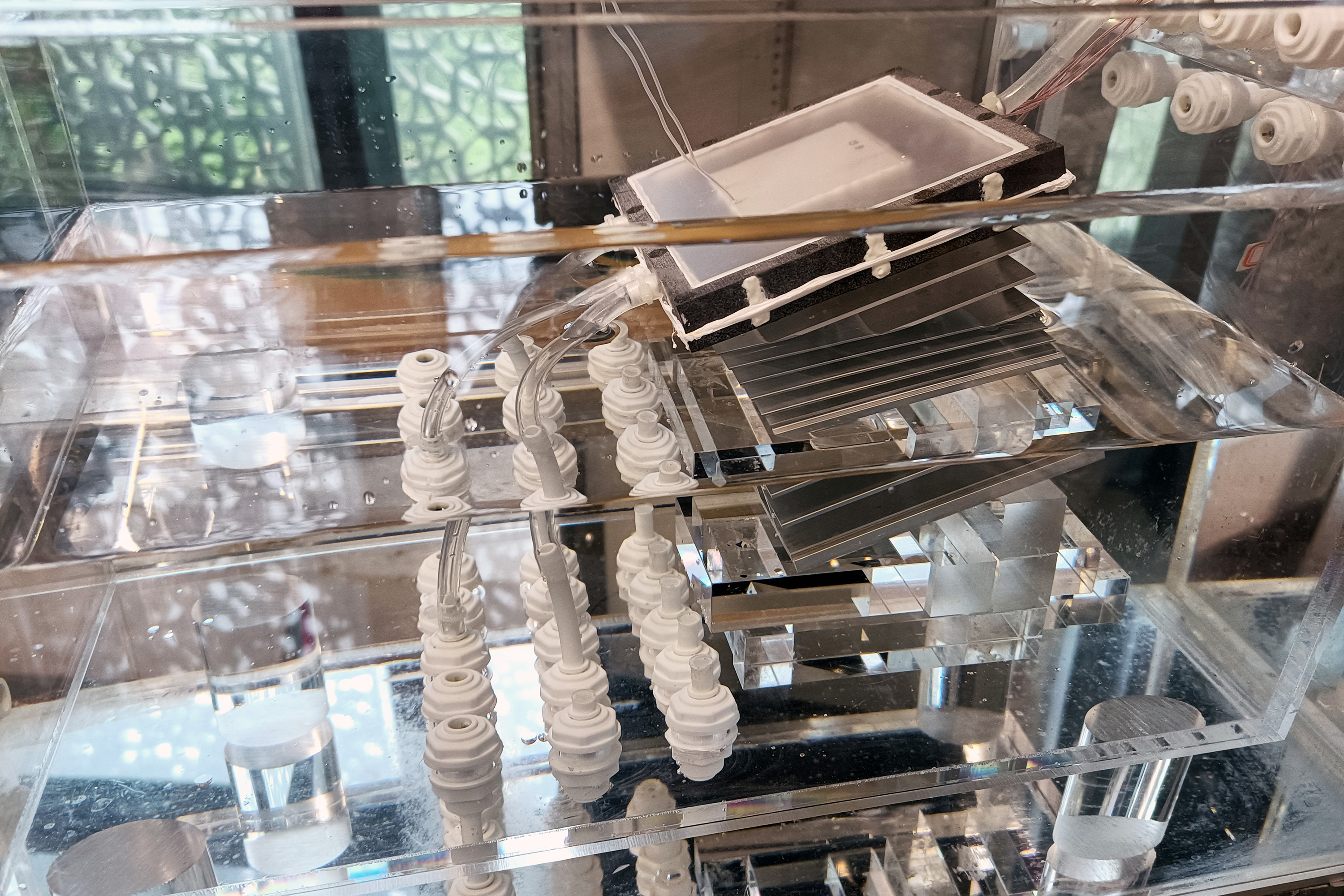Engineers at MIT and in China are aiming to turn seawater into drinking water with a completely passive device that is inspired by the ocean, and powered by the sun.
In a paper appearing today in the journal Joule, the team outlines the design for a new solar desalination system that takes in saltwater and heats it with natural sunlight.
The researchers estimate that if the system is scaled up to the size of a small suitcase, it could produce about 4 to 6 liters of drinking water per hour and last several years before requiring replacement parts. At this scale and performance, the system could produce drinking water at a rate and price that is cheaper than tap water.



And guess where all that water ends up?
It’s a closed circle so if you don’t transport the water far away it should just go back to the sea.
Also the sea is kind of large…
It’s not about the global or countrywide scale. It’s about the local scale. If you take a cup of salt and eat it, it’s going to end back up in the ocean eventually, but it’ll make you sick before it gets there. Dumping salt into an area is going to screw with the ecosystem in that area, in a major way. We actually have similar problems in many areas due to stuff like fertilizer runoff from people’s lawns during rainstorms, causing toxic algae blooms in ponds and around beaches.